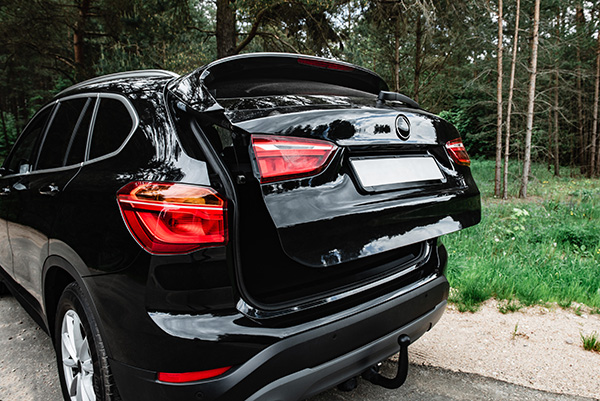
An electric trunk door is a convenient feature on many modern vehicles, providing easy access to the rear of your car with just the push of a button. However, it can be incredibly frustrating when your electric trunk door stops functioning properly—failing to close or becoming stuck in the process. If your trunk door is giving you trouble, it could be due to several common issues. But don’t worry—this guide will walk you through some of the common causes and what you can do to resolve them.
Check for Obstructions
Sometimes, the simplest explanation is the most accurate. Before diving into more complex troubleshooting, inspect your trunk for any objects that might be blocking its path. It could be something small like a grocery bag strap or larger items like luggage or sporting equipment. Even a slight obstruction can trigger the trunk’s safety sensors, preventing it from closing properly.
Also, check the rubber seals along the edges of the trunk. If they have shifted or become damaged, this could also obstruct the closing mechanism.
Sensor or Latch Malfunctions
Your electric trunk door relies on sensors and latches to operate smoothly. If the latch mechanism is damaged or misaligned, it may not catch properly when the trunk attempts to close, leaving you with a door that just won’t stay shut. Similarly, the sensors that detect whether the door is fully closed or whether something is blocking its path can malfunction over time.
One way to check if the sensors are at fault is to try closing the trunk manually without using the electric function. If it closes manually but struggles when you use the automatic function, you are dealing with a sensor issue. A faulty sensor could send incorrect signals to the car’s system, thinking the trunk isn’t aligned properly or that something is obstructing it.
Electrical Problems or Software Glitches
Since a motor powers an electric trunk, a power failure or electrical problem could be the reason it’s not working as expected. The electrical connections that control the trunk’s motor can degrade over time, especially if exposed to moisture or extreme temperatures. Loose or frayed wiring might also disrupt the motor’s ability to function.
Some vehicles use complex software to control the automatic trunk operation. If there’s a glitch in the software or the car’s computer system, this could cause issues with opening or closing. A quick reset of the system—by disconnecting the battery for a few minutes, for example—might temporarily resolve the issue, but recurring problems may require a deeper diagnostic from a professional.
Issues with the Trunk’s Struts or Motor
The struts that support the trunk door as it opens and closes are another component that can fail over time. If these struts are worn out, they might not provide enough support for the trunk to close fully. You may notice that the trunk closes part way and then pops back up.
On the other hand, if the motor itself is failing, you could hear unusual noises when trying to open or close the trunk. Clicking, grinding, or buzzing sounds are all signs that the motor is struggling and may be on its last legs. Replacing the motor can be expensive, but it’s often necessary to restore full functionality to your electric trunk.
Weather Conditions and Temperature Changes
Believe it or not, extreme weather conditions can affect how well your electric trunk functions. Cold weather, in particular, can cause the trunk’s seals or latches to contract, making it harder for them to align correctly. Moisture can also play a role—rain or snow could seep into the trunk’s electronics, causing shorts or temporary malfunctions.
If you’ve noticed that your trunk has more issues during certain weather conditions, this could be the underlying cause. Try parking your vehicle in a garage or under a shelter to see if the problem persists.
Your trunk should open and close effortlessly. If it’s not, let the experts at The Model Garage take a look. We provide reliable repairs to keep your vehicle functioning properly. Contact us now to book your appointment!